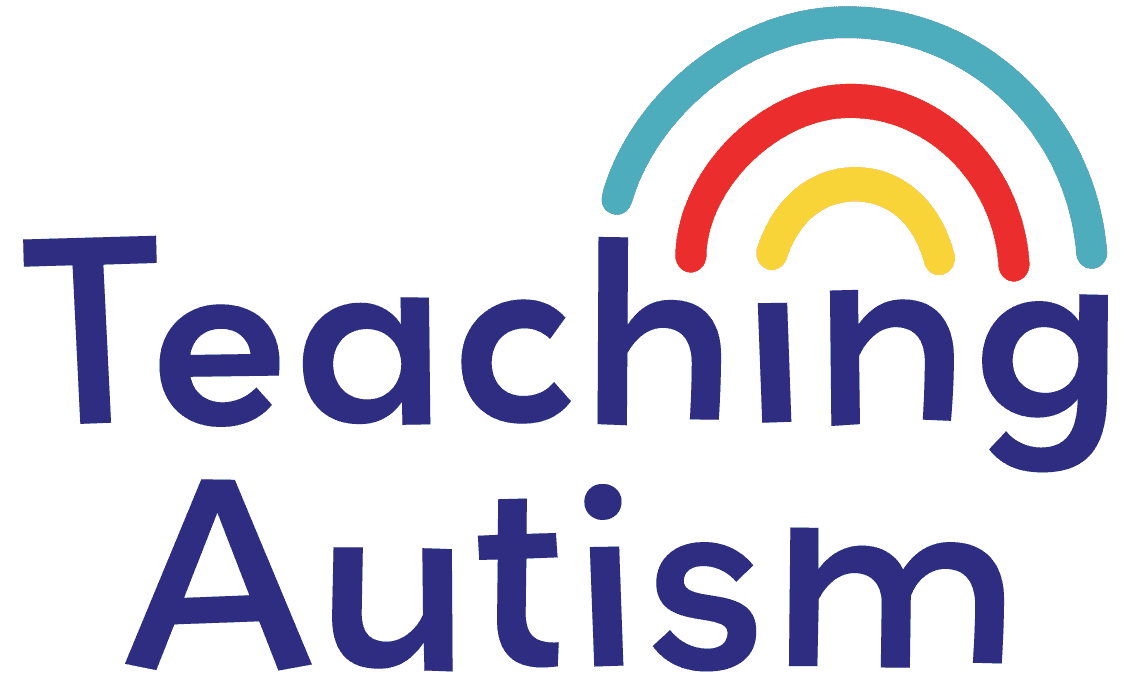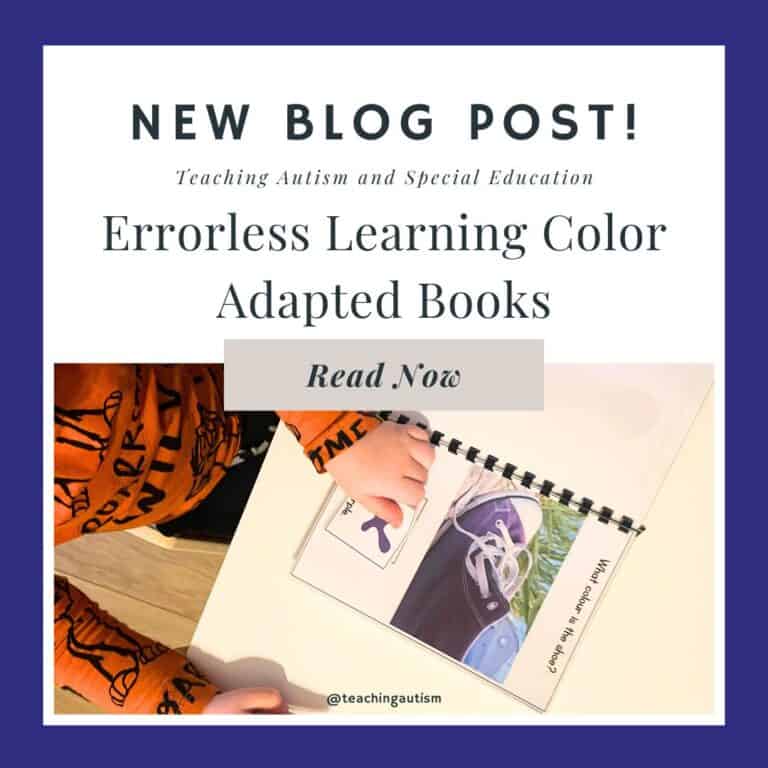What is Errorless Learning?
I’ve had a lot of questions recently, mainly the question what is errorless learning? In this blog post today I’m going to talk about what errorless learning is. I’ll also be discussing the benefits of it along with some activities you can try with your students.
What is Errorless Learning?
Errorless learning is a technique in teaching that provides students with an opportunity that minimizes – or even diminishes – the chance of a mistake.
In errorless learning, the teacher provides the student with the correct answer or response. This means the student does not have the opportunity to make a mistake.
This approach differs from the traditional style of learning. Ordinarily, students may make errors and then are provided with feedback to correct their mistakes. But this is not a teaching style that suits all students.
When to Use
Errorless learning can be beneficial for students who struggle with learning and retaining new information. It involves teaching new skills or knowledge in small, manageable steps. These steps provide students with no – or minimal – opportunity for mistakes.
This can improve confidence and motivation. However, it may not be appropriate for all students and should be evaluated on a case-by-case basis by a qualified professional.
What are the Benefits?
One of the main benefits of errorless learning is that it can be very effective for students to experience a sense of success and accomplishment. This is from reducing the number of mistakes that a student makes. This gives our students the chance to experience a sense of success and accomplishment. And this can lead to increased motivation and engagement in learning.
Activities to Use
There are several activities that you can use to implement errorless learning into your classroom.
One way is to use visual aids, such as pictures or diagrams, to help students learn new concepts. For example, if you are teaching your students about different types of animals.. Then you could show a picture of a cat, tell them it’s a cat, and then ask the student to identify it. By providing the correct answer, the teacher is helping the student learn without making errors.
Another activity that can be effective for errorless learning is to use prompts or cues to help students remember information. For example, if you provide a sentence with a blank space, then ask the student to fill in the missing word with only one word available to use.
Some of my favorite activities to use for errorless learning with my students are;
- Money Adapted Books
- Counting 0-10 Adapted Books
- Summer File Folders
- Errorless Boom Cards
- Feelings and Emotions File Folders
I love to use errorless learning activities so I have a huge amount that I have created over the years. You can find them all here.
Overall, errorless learning can be a very effective teaching technique for students who struggle with making mistakes. By reducing the number of errors that a student may make, we can help our students to experience success. In turn, this will help increase their motivation to learn.
The overall key to remember, when making errorless activities is that there is no opportunity for a student to make a mistake. The activity has to be able to be completed successfully with no chance of mistakes.
I hope you found this blog post helpful. If so, please consider sharing it with your friends and colleagues on social media.
Nikki
P.S. Have you signed up for a 3 day free trial of our VIP membership yet? If not, click here to do it now and go and get access to a huge range of resources, templates, crafts and more for free.




One Comment